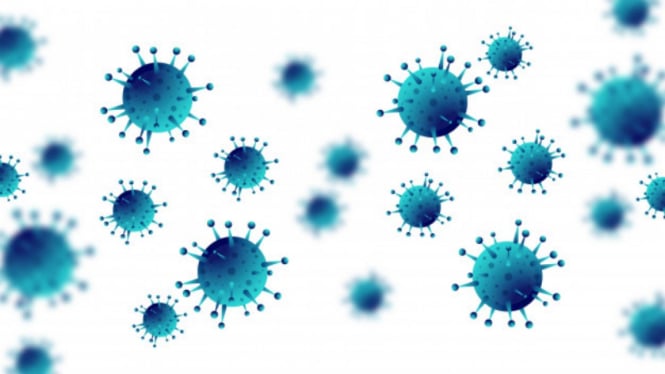VIVA – Scientists have developed a new type of test COVID-19 which combines different types of data. The test uses sensors and is low-cost to analyze the smallest size of saliva or blood in less than 10 minutes.
Researchers from California Institute of Technology (Caltech) in the US, has previously developed a wireless sensor made of graphene (a sheet-like form of carbon) that can monitor conditions such as gout by detecting very low levels of certain compounds in blood, saliva, or sweat.
Described journal Matter, in a laser-engraved plastic sheet sensor produces a structure graphene 3D with small pores. It is sensitive enough to detect only very small amounts of compounds with high accuracy.
According to research, structure graphene coupled with antibodies, immune system molecules that are sensitive to specific proteins. This is like what is on the surface of the new coronavirus SARS-CoV-2.
The new version of the sensor, known as SARS-CoV-2 RapidPlex, contains antibodies and proteins that allow it to detect the presence of the new coronavirus itself. Antibodies made by the body to fight pathogens, and chemical markers of inflammation that indicate the severity of COVID-19 infection.
“This is the only platform telemedicine I have seen that can provide information about infection in three types of data with one sensor. In just a few minutes, we can simultaneously check these levels, so we get a complete picture of the infection, including early infection, immunity, and severity, “said study co-authors. Wei Gao from Caltech as quoted from the page Times of India.
Meanwhile, current testing technology for COVID-19 usually takes hours or even days to determine results, and also requires expensive and complicated equipment. But for this tool, the researchers say the new system is simple and compact.
Scientists say they have tested the device only in the laboratory with small amounts of blood and saliva samples obtained for the purpose of medical research from individuals who have tested positive or negative for COVID-19.
Although preliminary results suggest that the sensors are highly accurate, the researchers believe that large-scale tests with real-world patients rather than laboratory samples should be performed to determine their exact accuracy.
Also read: WHO Approves Cheaper COVID-19 Test Kits for Poor Countries?
Researchers also plan to test how long the sensors last with regular use, and start testing them with COVID-19 patients who are hospitalized, and estimate the suitability of the test for home use.
“Our main goal is actually home use. In the next year, we plan to send it to high-risk individuals for home testing. And in the future, this platform can be modified for other types of testing for infectious diseases at home,” said Gao.
The number of COVID-19 patients is still high, so don’t forget 3M: wear a mask, keep your distance and avoid crowds, and wash your hands.
–


